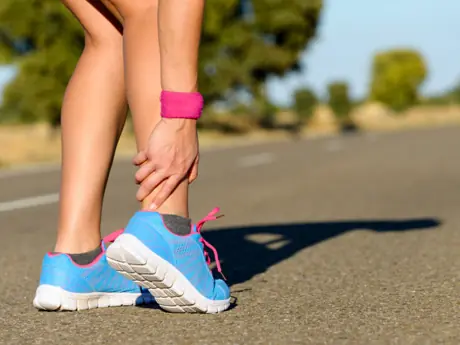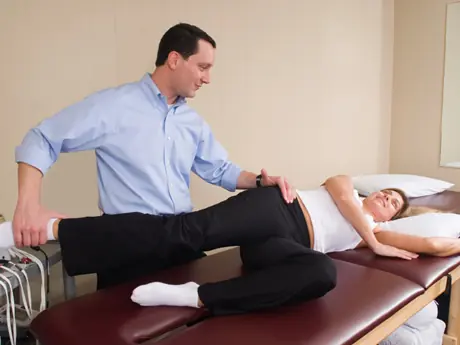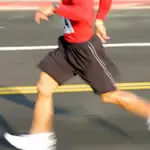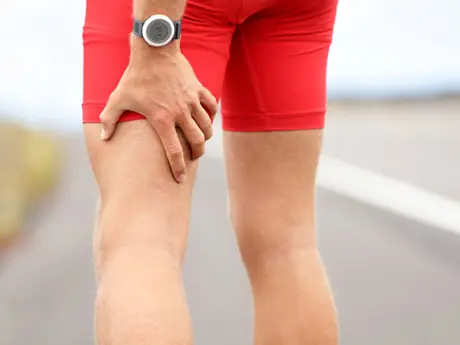3. Hamstring Issues
The muscles that run down the back of our thighs bend our knees, extend our legs, drive us up hills, and power finish-line kicks. So when our hamstrings are too tight or weak to perform well, we notice it. Seven percent of poll respondents say their hamstrings have bugged them this past year.
WHO'S AT RISK?
Hamstring issues usually arise because these muscles are weak—often from being too long or too short. Counterintuitive as it might seem, very flexible people are prone to hamstring problems because their overly stretched-out muscles are more vulnerable to damage. On the flip side, people who can barely touch their toes or who sit for long periods of time are also at risk. Tight, short muscles are under greater tension. Another factor is muscle imbalance: Many runners' quadriceps overpower their hamstrings, which sets them up for injury.
CAN YOU RUN THROUGH IT?
If the pain comes on suddenly and strong and the area bruises, you may have a true pull and you'll need extended rest—months—before you can run again. If it's a less severe, chronic overuse injury, you can usually run, but it'll take some time before you're back in the green zone. "Hamstring issues stink," Price says. "It takes a long time to heal them." Running a slow, easy pace is usually less bothersome than attempting intervals or hill repeats. Bicycling, pool running, and swimming are good alternative activities.
REHAB IT
Strengthen your hamstrings with one-legged hamstring curls (raise the bar with both legs, then slowly lower it one leg at a time) and one-legged deadlifts. Use a foam roller to alleviate tightness before and after a run, Merrill says. In chronic cases, active release technique (ART) and deep-tissue massage may be necessary.
PREVENT A RELAPSE
Stay strong with bridges: Lie on your back with your feet on a chair or exercise ball. Raise your hips, then lift one leg into the air. Slowly lower your hips back down to the floor, using the supporting leg. Return that leg to the ball. Repeat with the other leg. Also, compression tights (see "Home Remedies," below) during or after running can aid blood flow.
ELITE TREATMENT
When U.S. champion miler David Torrence felt his hamstring tighten up, he took the next day off and went to his chiropractor.
"My pelvis was misaligned, causing my hamstring to do extra work," he says. "I took it easy for a few days, iced the hamstring four times throughout the day, and was improved within a week."
Hamstring Signs: How to Proceed
If you experience sharp, sudden, strong pain and possibly even a snap or pop sound while running. The area is bruised.
The presence of a stubborn chronic achiness and tightness that forces you to slow your pace and shorten your stride.
If you are pain-free even while climbing hills and doing speed work, and your hamstring is unaffected by extended periods of sitting.
- 4
- of
- 8
Get ACTIVE on the Go


Couch to 5K®
The best way to get new runners off the couch and across the finish line of their first 5K.
Available for iOS | Android







Discuss This Article